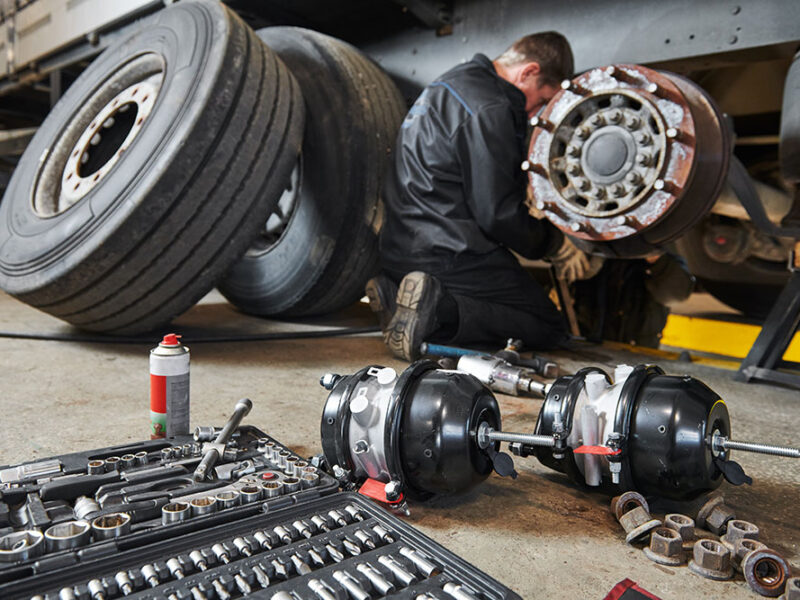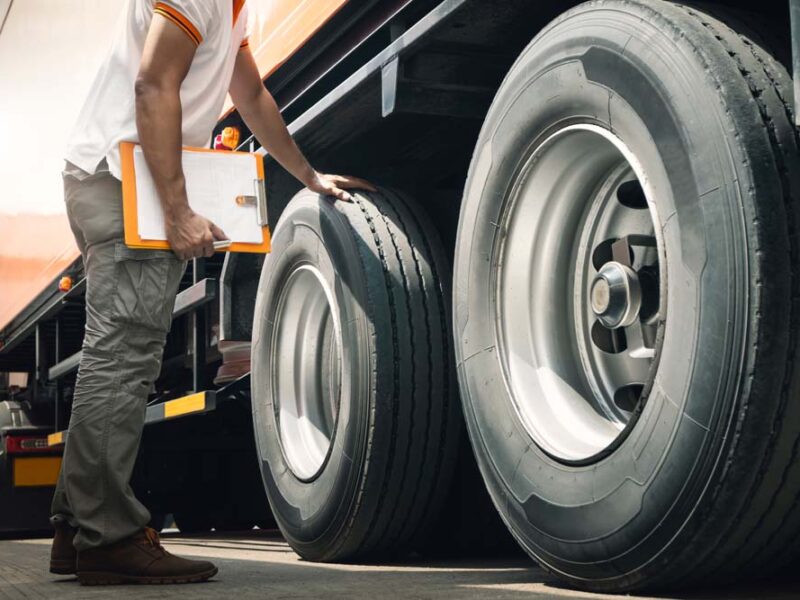This is the question that the DVSA has recently posed to PSV (Coach & Bus) Operators. For the vast majority of bus and coach journeys the emergency doors are not used and it might be that in the working life of an individual coach or bus they are never needed, but of course should there be an accident and passengers need to be evacuated from the vehicle quickly, ensuring that the emergency doors work could prove to be literally lifesaving for the passengers on the coach and commercially vital for the operator's business.
The press release from the DVSA highlights the need to ensure that adequate checks are done on the doors frequently in between the annual MOT, stressing the need to prioritise passenger safety at all times. They are keen to point out that not only do the doors need to be able to be opened quickly in the event of an accident, but they also need to be kept closed properly when the vehicle is in motion to ensure that no passenger could "fall out of the vehicle into oncoming traffic".
Public Service Vehicle Inspection Manual:
The Public Service Vehicle Inspection Manual Document published by the DVSA gives comprehensive guidance on the types of defects that are typical, such as not being able to fully open the door, the 'open' warning device being missing or inoperative and emergency exit signs missing or inoperative, and categorises each defect as either minor or major, with major defects carrying a risk of immediate prohibition if found by the DVSA at a roadside check.
Some defects may be less obvious but still represent a significant risk to passenger safety. Corrosion on door hinges being cited as an example that might not be obvious to drivers doing their walk around checks and which could cause the door to either fail when in motion or prevent it fully opening in the event of an emergency.
Section 16:
Section 16 of the PSV Inspection Manual provides useful detail as to how drivers and operators should check the emergency and standard doors to ensure they are in working order before the coach or bus is put on the road. For instance, for pneumatic power operated doors it recommends that they should be operated five times to check that they consistently open fully, whilst the engine is off, and if the doors fail to open on one occasion to their fullest extent, they should be tested again a further five times.
The manual also gives a list of 'major' defects such as:
- A door or emergency exit incomplete or missing;
- Cannot be opened to its fullest extent;
- Doors with sliding action which will not remain closed or is likely to fly open inadvertently or will not open without undue effort.
Not surprisingly the defect of a door "with a hinged action which will not remain closed or is likely to fly open inadvertently" is given the higher category of "dangerous" and would likely result in a visit to the Office of the Traffic Commissioner and/or criminal prosecution if found to be the cause of serious injury or death.
Operators would be well advised to ensure they are up to date with the Public Service Vehicles Inspection Manuals recommendations and to document adequately all driver walk around checks and vehicle maintenance checks that are done on their vehicles to ensure this side of running a PSV operation is both properly reviewed, recorded and prioritised within the business.
If you have any questions about the issues surrounding vehicle safety or any other matter that is affecting your coach or bus operation then please click here to send an email or call 01279 818280 to speak to one of our lawyers. We are here to help.

More News and Insight

Labour Government – Employment Rights Bill – What Will It Mean for Transport Businesses?
In October 2024 the Deputy Prime Minister, Angela Rayner set out her intention to reform the employment rights held by employees in the UK. In a press release issued at the time she is quoted a saying…

Revisiting the DVSA’s Guide to Maintaining Roadworthiness
In April 2025 the Driver & Vehicle Standards Agency (DVSA) issued the latest edition of its Guide to Maintaining Roadworthiness.

The Wheels on the Bus go Round & Round….but how do they Stop?
At the tail end of 2024 a Public Inquiry was held in front of Traffic Commissioner Kevin Rooney where the subject of brake maintenance practices was called into question…

Maintenance Provision Rating Scheme for Commercial Vehicle Workshops is Launched
One of the key tenants of running a commercial vehicle operation, whether ‘HGV’ or ‘PSV’ is that the maintenance of the vehicles is paramount. For some operators this will mean having their own maintenance facilities and teams to look after their fleet of vehicles in house, but the majority of operators in the UK are reliant on 3rd Party maintenance providers…

Changes to Brake Safety Inspections for Commercial Vehicles – April 2025
In April 2025 the brake testing regime guidance will change. Roller Brake Tests, that have been mandatory for years, will be joined by an Electronic Break Performance Monitoring System or EBPMS…

Case Study – Public Inquiry for Gillbard Plant, Autumn 2024
Gillbard Plant was called to Public Inquiry in Autumn 2024. The hearing made headlines in the transport press due to the element of “DVSA Poacher turned Game-keeper” of Gillbard Plant’s Transport Manager, Mr. Anthony Brayley-Willmetts, a former DVSA (VOSA) examiner turned transport consultant…

DVSA Load Security Guidance – Updated December 2024
When carrying loads on lorries every HGV Operator knows how important it is to ensure that goods are secured safely so that they arrive at their destination in good condition and that they do not cause any damage or danger on the UK’s roads during the process of transporting them…

New Rules for Vehicle Operators and Drivers Carrying Out International Journeys
The Department for Transport and the Driver and Vehicle Standards Agency recently issued a bulletin regarding the new rules that vehicle operators and their drivers will have to comply with if travelling on international journeys…

Road Haulage Association Members and DVSA Leadership Work Shadow Each Other!
To help highlight the Road Haulage Association’s “National Lorry Week” which this year was between 4th and 8th November 2024, the Road Haulage Association and the DVSA’s Leadership team decided to spend some time work shadowing each other….

2024 Update to Guide to Maintaining Roadworthiness (GTMR)
The Guide to Maintaining Roadworthiness is the Driver & Vehicle Standard Agency’s (DVSA) standard produced in collaboration with key industry stake holders which explains the responsibilities and systems involved in maintaining vehicles in a roadworthy….

New Driver CPC Reforms to be in Force from 3rd December 2024
Following a very lengthy consultation period on this matter launched in early 2023, Parliament finally debated the “Vehicle Drivers (Certificates of Professional Competence) (Amendment) Regulations 2024” on Tuesday 29th October 2024…

When Sat Nav’s Lead Lorries Astray!
Lorries getting into trouble and causing chaos in the small country roads of Great Britain have been making headlines again. Whilst a lot of this content is amusing and no doubt is a winner with internet audiences there is a very serious side to these incidents…
